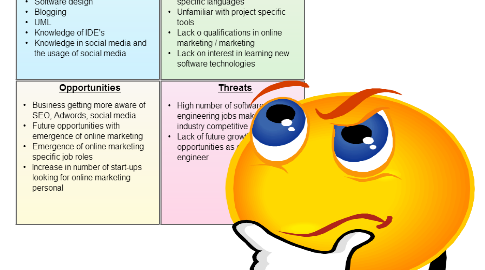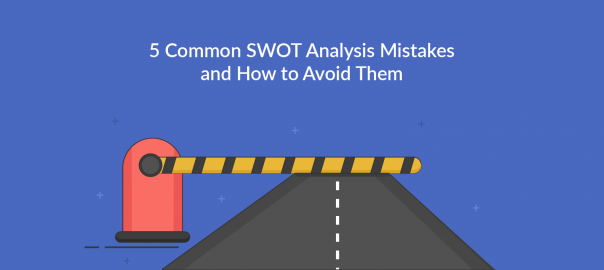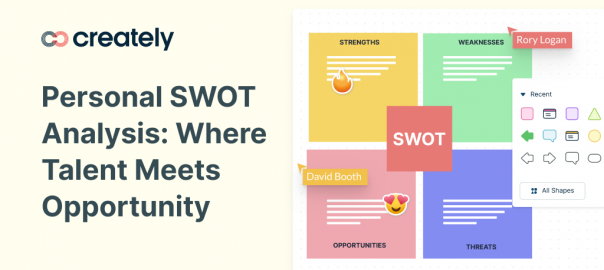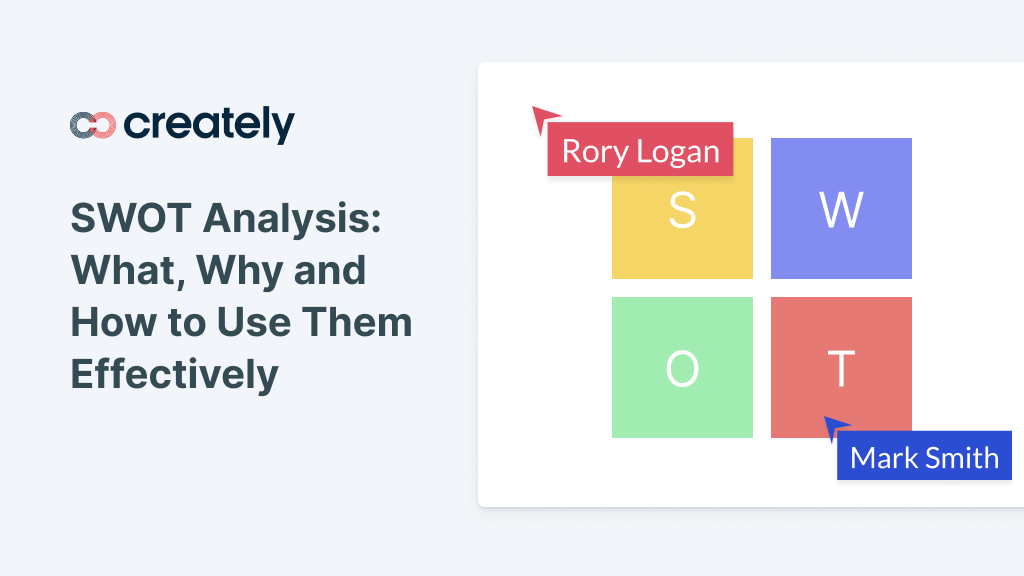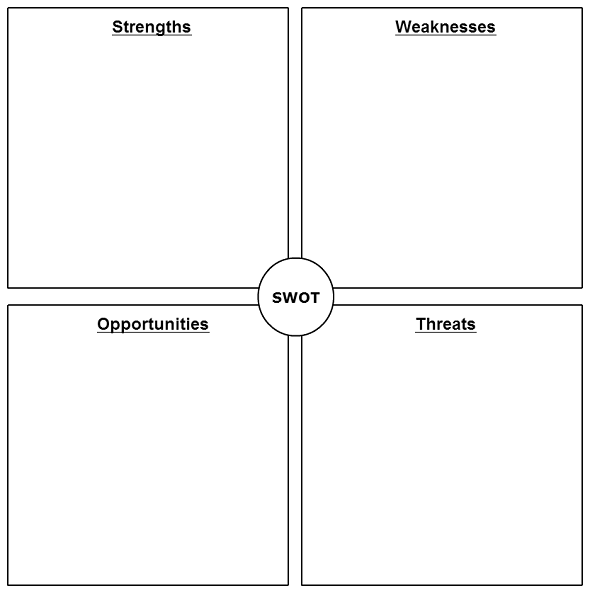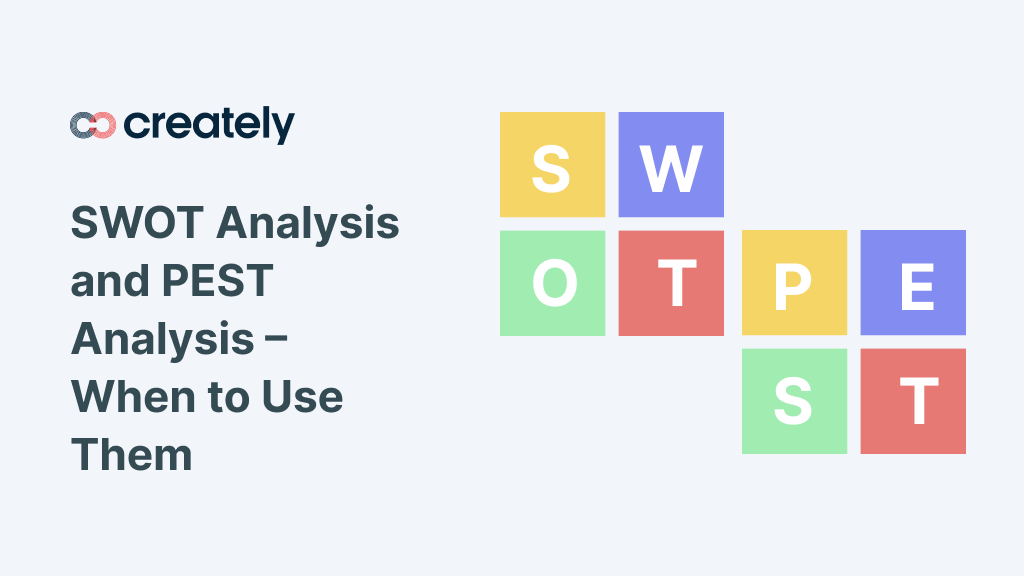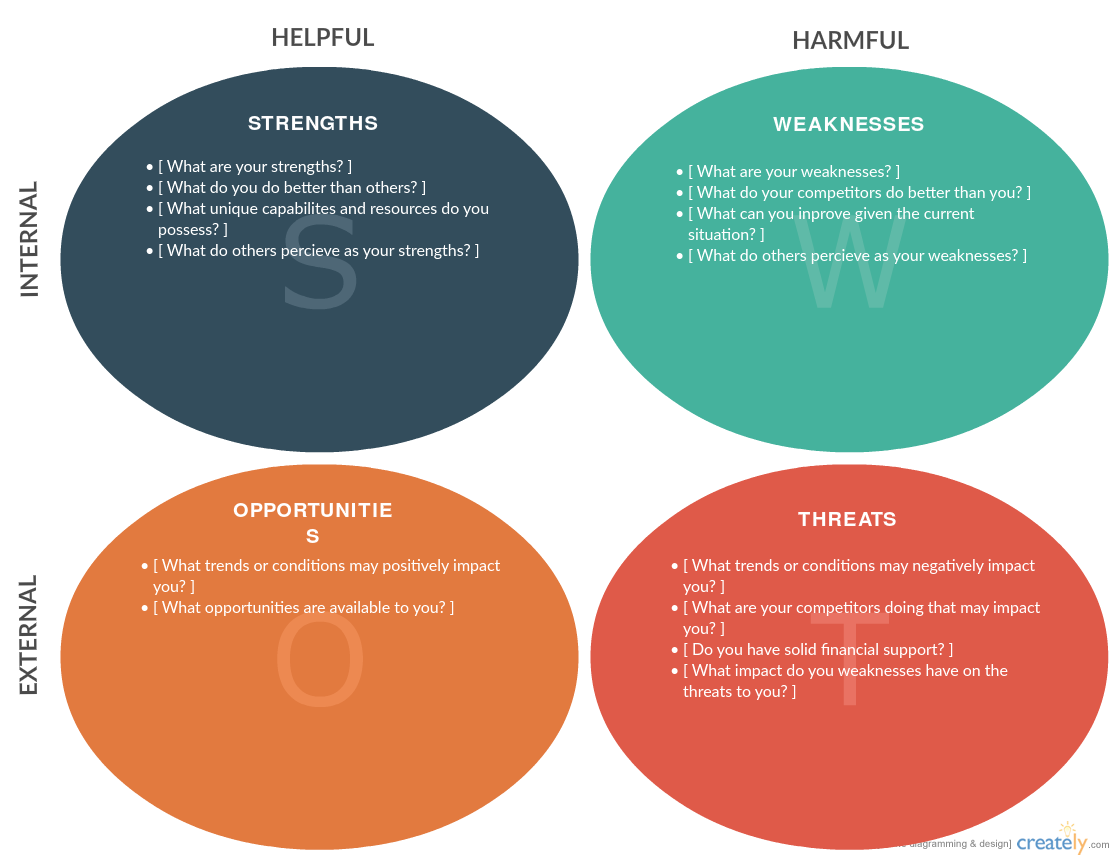It has been my observation that businesses can be classified into three broad types. The first and the most exciting of these is the type of business that brings to market a very unique and revolutionary product that nobody had dreamed of before and establishes a completely new market segment. Names that jump to mind are Google, Apple & Facebook.
The second category is made of companies that take an existing idea or product and adapt it to a different market or situation thereby creating value. Think of Alibaba, which took the business model of Amazon and adapted it to the Chinese market and has become hugely successful in the process.
The last category is made up of companies that are formed with a “me-too” product or service addressing the same market, but become successful by excelling in one aspect of the product. An example is Budget of the car rental industry, a company that competes with more established rivals such as Avis purely on price.
It is also my observation that most businesses in the world fall into the second and third categories. It is phenomenally hard to come up with something that can create an entirely new market segment! My own company MecSoft, that develops computer-aided manufacturing software, falls into the second category. We took an established technology and adapted it to the personal computer thereby allowing us to serve a large market segment that was previously not being served by established players.
Given the fact that most companies in the world have precursors or have businesses that have something in common, it would behoove entrepreneurs to be aware of that what their competitors are doing (or have done) and can use that knowledge to be more innovative, unique, better, faster or cheaper.
Here are some of the competitive areas I commonly examine on my road as an entrepreneur.
Think of Competition as Education
One of the most fundamental requirements of being an entrepreneur is to understand what you’re up against. Your business plan likely outlines who your competitors are and why they are your competitors. In order to place your business in a good place to outperform them, you should be educating yourself on the processes they use to be successful.
Learning about things like how they market their services, their pricing model, their value-adds, their media presence, and what makes them different will give you some great perspective. When you know everything about your company and everything about the companies of your competitors, you’ll be more clearly able to identify opportunities for market share and growth.
Find out what People Don’t Like about Your Competitors
This is one area where your research will help you separate your business from your competition. If your competitors have been around for a while you should be able to go online to see what kinds of complaints their customers have about them. You can peruse social media, forum sites, and review sites like Yelp or Google Reviews for comments about their products or services.
For example, when we started MecSoft we took a look at some of the common complaints that our end-users had when using competitive products. What we found was that other CAD/CAM software companies made customers sacrifice cost for quality and provided either great products that were really expensive or mediocre products that were inexpensive. This led us, in part, to create a company that provided affordable yet powerful software solutions and we haven’t looked back since.
Note: Back then we didn’t have as much access to social media and review sites but we certainly had a pulse on what people in the industry were saying about our competitors and continue to monitor these mentions now.
Find out what People Do Like about You Competition
On the other side of the review coin is learning about what people do like about your competition. If they are doing something right you have to give them credit for their success and use that information to cater to customers.
This does not mean you copy what they have done but rather combine your knowledge of what people are saying they don’t like and what they do like to determine if there is an opportunity there to create something better, faster or cheaper than your competition.
Use the “SWOT” Analysis to Compare Yourself
In the SWOT analysis you take a side-by-side comparison to your competition in the areas of:
- Strengths
- Weaknesses
- Opportunities
- Threats
If you are really honest about the things your competitors do better than you, avoiding the mindset that you are simply the best at everything, you can identify shortcomings. No business, and especially smaller start-ups, has it all. They understand that they have specific strengths and weaknesses that they will need to cater to and focus on.
Using the SWOT model you can plan for the short-term and long-term so that you can improve revenues now or invest in a business model that has a bigger payout down the road. For example, if you identify that your competitor is strong in the area of marketing but is weak in the area of innovation, you may decide that your niche is better-suited in the innovation arena than it is trying to go head-to-head with their marketing department.
When thinking about threats consider things that can hinder their, and your, sustainability and ability to grow. For example, would a supply chain mishap put them, or you, in a really bad spot? Would the increase in price of a certain resource threaten the success of either of your companies? Are there safeguards you can put in place to alleviate yourself from potential threats? If you can identify threats to your competitors do you have a plan in place to capitalize on them if that time ever comes?
You are Never Done Learning
Whether you appoint someone to constantly perform competitive analyses or do them yourself, the idea is to always be paying attention. The more people on your team that study the competition – processes, systems, hardware, software, technology, relationships, etc. – the better.
While you will always be focused on making your own products or services better, you should always be aware of what other options your customers have and why they might decide to go with the other guy. In the end, you’ll always anticipate changes in the market and put yourself in a better place to capitalize on opportunities.
Joe Anand, President and CEO of MecSoft Corporation, a worldwide leader in providing computer-aided manufacturing (CAM) software products for the small to mid-market segments earned his MS degree, in Mechanical Engineering from Clemson University in 1984, performing research on robot path planning and simulation. Joe is a proven expert in Software Development, Mechanical Engineering, Entrepreneurship and project management and sales.
